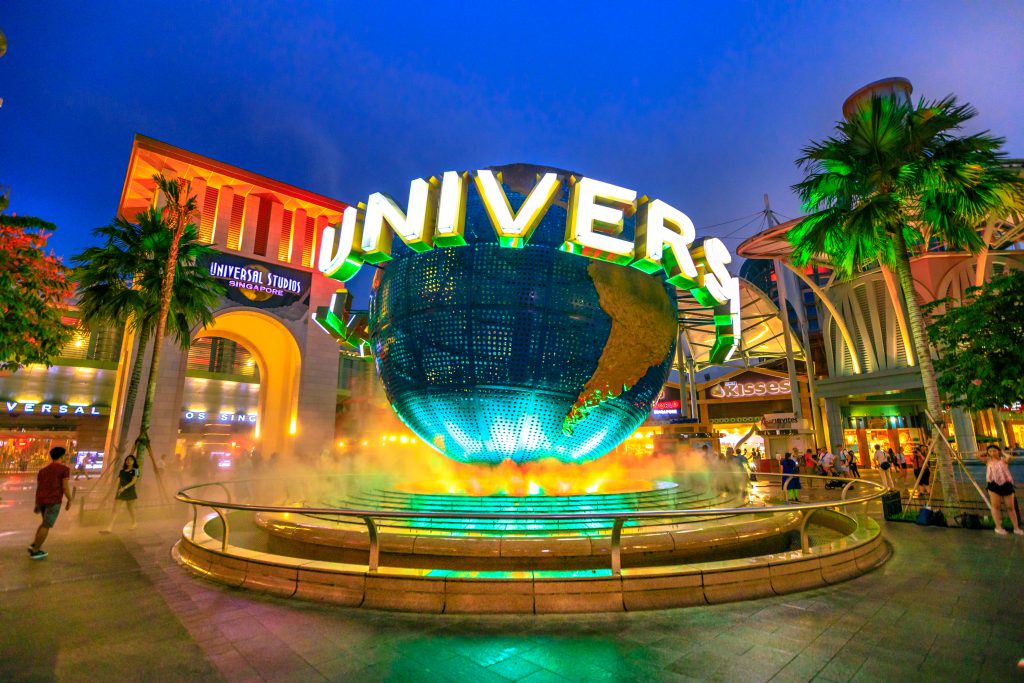Between universal spaces and unique places: heritage in Universal Studios Singapore
March 18, 2019

How does heritage factor into the global and local forces shaping the tourism landscape of Universal Studios Singapore (USS)?
The soft opening of USS on 18 March 2010 was an important milestone for ‘Tourism 2015’, Singapore’s tourism master plan. Importing the American brand of Universal Studios into Singapore was a refreshing and seductive enterprise as USS would become the first and only Universal Studios theme park in Southeast Asia. What were some of the considerations behind its establishment? ‘Between universal spaces and unique places: heritage in Universal Studios Singapore’ (Tourism Geographies, 2017) by Associate Professor Chang Tou Chuang and Ms Juvy Pang (NUS Department of Geography) highlight the influence of global and local forms of heritage in shaping the design and operation of USS.
The paper first differentiates between corporate and cultural heritage. The former refers to economic practices characteristic of the international brand of Universal Studios while the latter represents local social and cultural considerations. USS is seen as a product of ‘glocalization’, where local Singaporean elements are reconciled with the overarching American theme of Universal Studios. This global-local fusion is evident in the attractions, performances, and food at USS. For example, Singapore-exclusive mascots like Kung Fu Panda are included to resonate with the predominantly Asian demographic of USS visitors. Mel’s Drive-in, an eatery common to all Universal Studio theme parks, also integrates local culture by featuring dishes such as the ‘Shiok Burger’.
The authors explain the benefits of incorporating both corporate and cultural heritage in USS. On one hand, maintaining an overall American atmosphere is important for attracting visitors who desire the novelty of American pop culture. By standardising their theme parks, Universal Studios also enjoys cost efficiency through economies of scale. On the other hand, it is crucial for Universal Studios to tailor their overseas theme parks and adapt them to local culture so as to gain acceptance in foreign socio-economic environments. As such, the authors show that a key challenge in designing tourism landscapes lies in calibrating the right balance between foreign and local considerations.
Read the article here.
